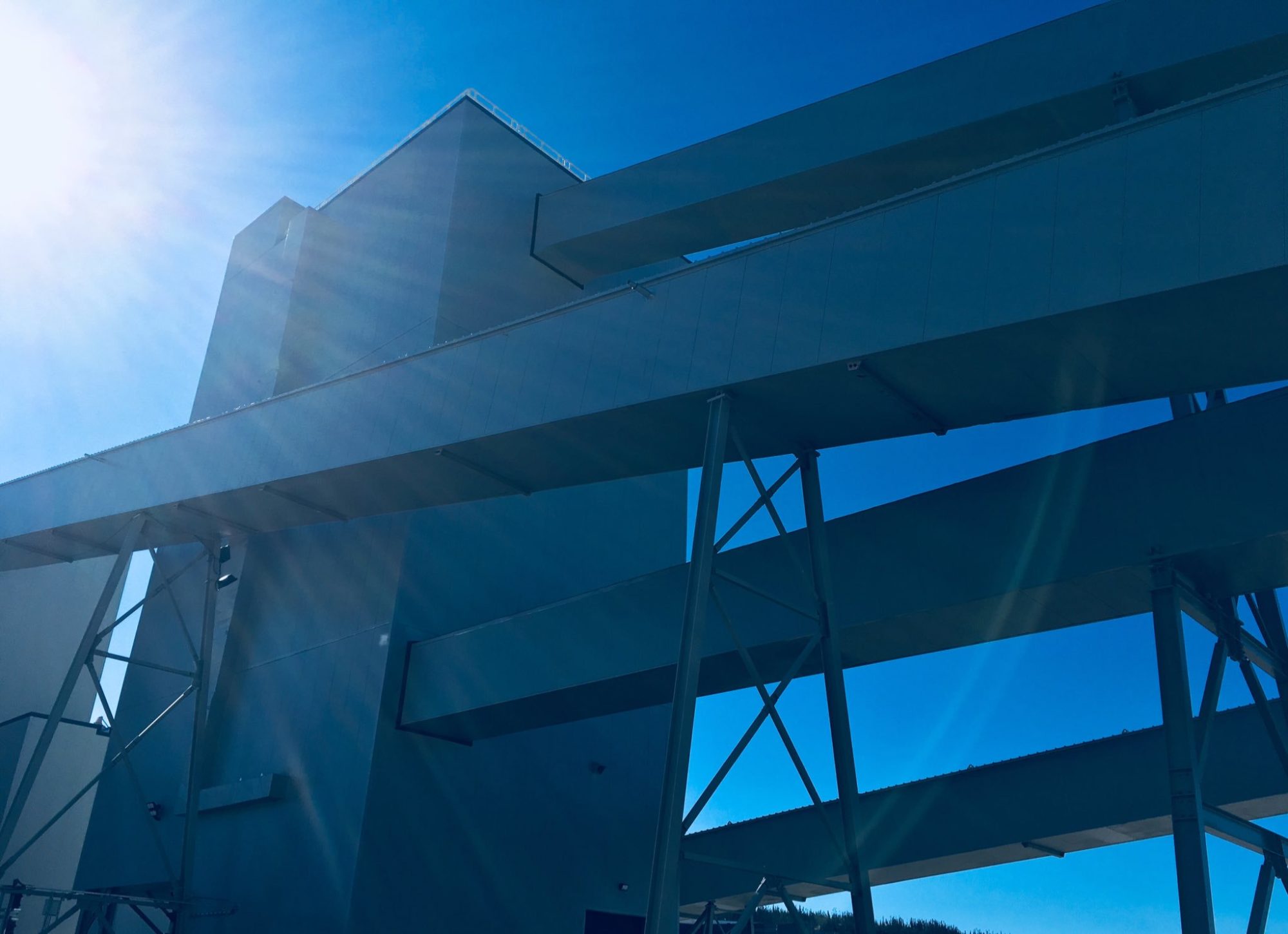The June quarter at Stornoway Diamonds’ Renard diamond operation in Quebec, Canada, started to show the positive results of using ore sorting technology.
Commissioning of the TOMRA X -Ray transmission plant commenced in March and was completed during the most recent quarter.
Among a quarter that saw lower quarter-on-quarter carat production (223,351 carats) and diamond grade (40 carats per hundred tonne) – previously expected with the transition from openpit to underground mining – the initial performance of the ore sorting plant stood out.
Stornoway said: “The new ore sorting plant at Renard … has been processing ore on a consistent basis since mid-May. The volume and quality of waste segregated from the ore feed has exceeded expectations, with waste rejected representing between 15% and 30% of material sorted.”
The company noted that kimberlite content in the waste stream had averaged between 1% and 2%.
And, the TOMRA ore sorter has even reduced Renard’s power requirements, according to Stornoway.
“Because the waste within the Renard ore is hard and difficult to crush, its rejection from the main process plant has also resulted in a net reduction in power consumption for processing even with the addition of the new sorting circuit,” Stornoway said.
“Considering the highly abrasive characteristics of the ore processed to date through the plant, consisting mainly of highly diluted, low grade material, the diamonds recovered since its introduction have exhibited lower levels of breakage than observed previously with comparable feed composition.”
Stornoway CEO Matt Manson said these initial diamond results were encouraging and, given the volume and quality of the waste being rejected, the company saw potential for upping processing capacity in its plant beyond the current nameplate rating.
As a result, Stornoway is now thinking about developing a modified mine plan to support the accelerated mining required.
Just last week, a TOMRA XRT ore sorter was commissioned at the Renison tin mine in Australia, with the operators expecting a 15-20% increase in tin production with its introduction.











